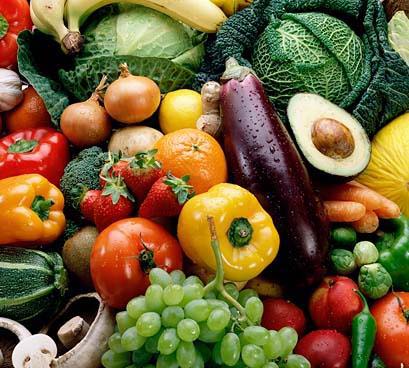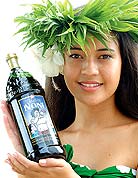
INSIDE
- Articles
- Movie Reviews
- Thought for the Day
- Today's News
- Bookmarks
- Fisher House Publishers
- Fisher House Online
- About
Living Better

Shop and win at Tahitian Noni

| Do you know what you're
eating? By Gwen Wiley Many of us do our grocery shopping out of habit, mindlessly purchasing and consuming what we think is real food. But much of the food on grocery store shelves and in our cupboards may not be what we think it is. Here are some important tips to help you understand what you’re actually eating and how you can begin to choose real foods that nourish a healthy body. It is
important to understand that
much of what we eat today is processed food. The U.S. Food & Drug
Administration defines processed food as “any food other than a raw
agricultural commodity and includes any raw agricultural commodity that
has
been subject to processing, such as canning, cooking, freezing,
dehydration, or
milling.” Some of these products contain relatively few ingredients
while
others contain a long list of chemicals and additives.
Ellen Allen, a young mother in A physician advised Ellen to select foods with the fewest ingredients and avoid foods that contained the following terms in their labels: bleached, enriched, high fructose corn syrup, hydrogenated, or partially hydrogenated. Also,
healthier eating may appear
to be more expensive. Sometimes it is, but not buying real food may
cost us
more in the long run in terms of health problems such as obesity and
diabetes.
Purchasing local produce is another great way to offset the cost of
healthy
eating. The
following links can help you
to begin learning about what’s really in the food you eat as well as
locate wholesome
foods in your particular area: Healthy Living and Eating 101 http://www.latimes.com/news/opinion/commentary/la-0e-ettlinger29may29,0,7374864.story?track=rss U.S. Dept. of Agriculture farmers’ market listing http://www.ams.usda.gov/farmersmarkets/ http://www.eatwellguide.org/ |
